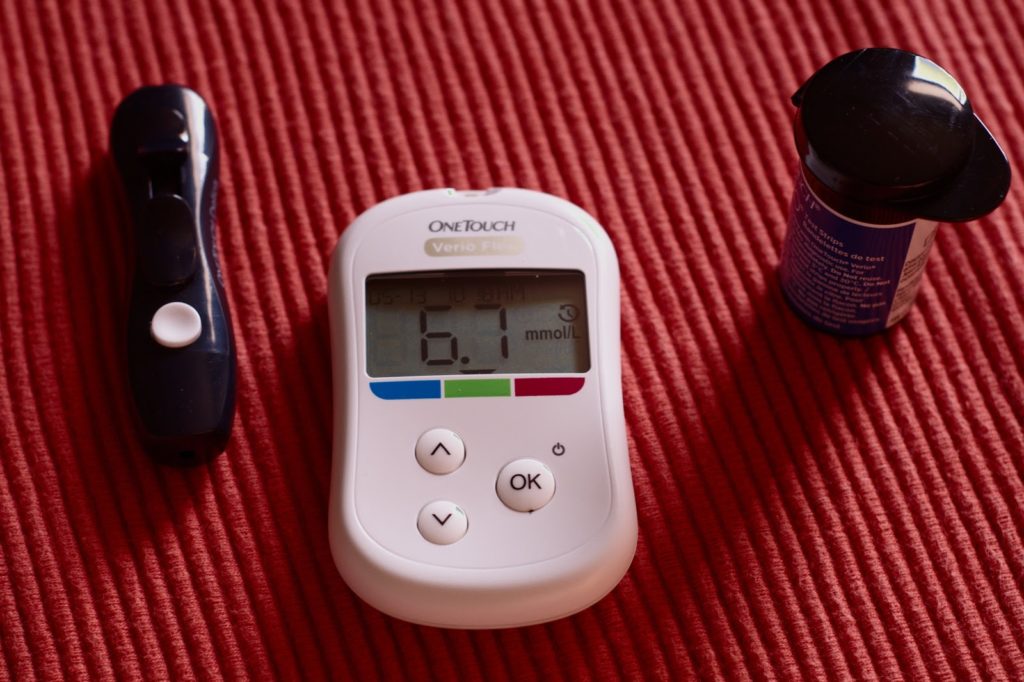Did you know that more than 30 million Americans have diabetes? Nearly 1 in 10 Americans are suffering from the disease. In these cases, 90 to 95% of them are people with type 2 diabetes which symptoms can go unnoticed for a long period of time and when left untreated it can be extremely dangerous.
Treatment options for type 2 diabetes are more effective than they ever were in the past and the symptoms can often be reversed with either lifestyle changes or medication. So, what is type 2 diabetes and what are the symptoms, risk factors, and treatments for the condition?

What’s Type 2 Diabetes?
To put it most simply, type 2 diabetes occurs when your body doesn’t absorb or use glucose correctly. Glucose is fuel for your body. With type 2 diabetes, your body resists the effects of insulin or it doesn’t produce enough insulin to control your glucose levels.
In the past, type 2 diabetes was referred to as adult-onset diabetes because it primarily occurs in the adult population. However, over the past few years, the condition has become more prevalent in children and teenagers, which is probably related to the increase in childhood obesity. As is the case for other chronic medical conditions, it’s important to catch it early to avoid the life-threatening side effects of the condition.
If you’ve heard of type 1 diabetes, it shouldn’t be confused with type 2 diabetes. The difference is type 1 occurs because the immune system mistakes the body’s healthy cells for unhealthy invaders and it destroys insulin-producing beta cells in the pancreas, making the body unable to produce insulin. Type 1 can’t be prevented and there are no known cures for it, people with type 1 diabetes need to take daily injections of insulin to stay alive. Risk factors for type 1 diabetes include family history, age, and genetics.
Symptoms, Causes, and Risk Factors of Type 2 Diabetes
As we mentioned earlier, many people suffer from type 2 diabetes for a long time without even knowing it. This can go on for years because the side effects are often mistaken for other medical issues and they happen slowly. If you’re at risk of developing diabetes, it’s important to be mindful of your eating and drinking habits.
Common symptoms of diabetes include hunger pangs, frequent urination, intestinal distress, binge eating, bloating, and increased thirst. In addition, many patients see weight changes without doing anything different in their diet or exercise.
Risk factors include being overweight, age 45 or older, having a close family member with type 2 diabetes, being physically active less than 3 times a week, if you’ve had gestational diabetes or given birth to a baby who weighed more than 9 pounds, and if you’re African American, Hispanic/Latino American, American Indian, or Alaska Native.
Diagnosing Diabetes
To diagnose diabetes the first test most patients are given is the glycated hemoglobin (A1C) test, which is a pain-free blood test that tracks the patient’s average blood sugar levels over months. Numbers between 5.7 and 6.4 indicate the person is prediabetic and if the number is higher than 6.4 the person is diabetic. Although the A1C is the most accurate measure of diabetes, it’s sometimes inaccurate when the person is pregnant or has a medical condition that affects their red blood cells. In those cases, a blood sugar test or oral glucose test is administered.

Lifestyle Changes
Type 2 diabetes is one of those conditions that can be completely reversed or improved with some lifestyle changes. Being at a healthy weight within the normal BMI of 18.5 and 24.9 and exercising are some changes that can help the condition. It’s important to consult with your doctor about dietary and exercise options. Your doctor can recommend a diet specifically designed for diabetes that keeps in mind the sugar and carbohydrate contents of foods and beverages. Some foods that seem healthy, like fruits, are actually really high in sugar and carb content. Generally, foods that are healthy and that are high in healthy fats, fiber, and protein are great choices for diabetics. These include apples, carrots, fatty fish, blueberries, and yogurt. Avoid consuming biscuits and sausage, milkshakes, fried chicken, fruit juice drinks, and pre-packaged pastries.
Medicine for Diabetics
For some patients, lifestyle changes aren’t enough to treat diabetes; insulin shots or pills are also needed. One popular oral medicine is metformin, which helps control blood sugar levels by regulating how much insulin the liver produces. If you’re in the more advanced stages of diabetes, medications that affect blood sugar levels and how the body reacts to insulin may be effective for you.
Restoring Your Health
While being diagnosed with any chronic condition, especially diabetes, is scary and overwhelming at first, there are medications and treatment options available. When you’re diagnosed with diabetes, it should come as a sign that you need to start making some major lifestyle changes to your diet and exercise. By simply following doctor’s orders, patients diagnosed with type 2 diabetes can completely reverse the condition and avoid damaging their bodies. If you’re aware of the signs and symptoms, catching diabetes early is possible and it can make living with the condition a lot easier.










